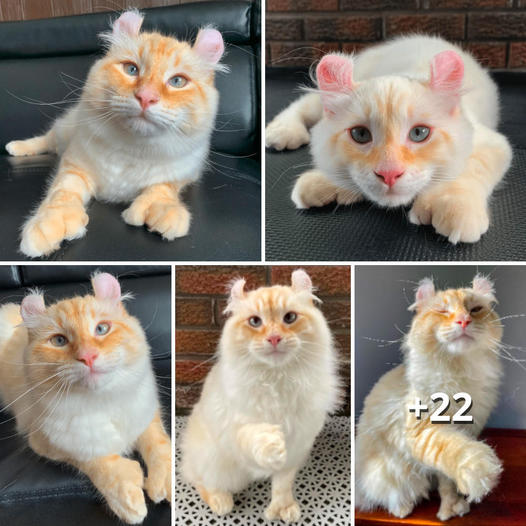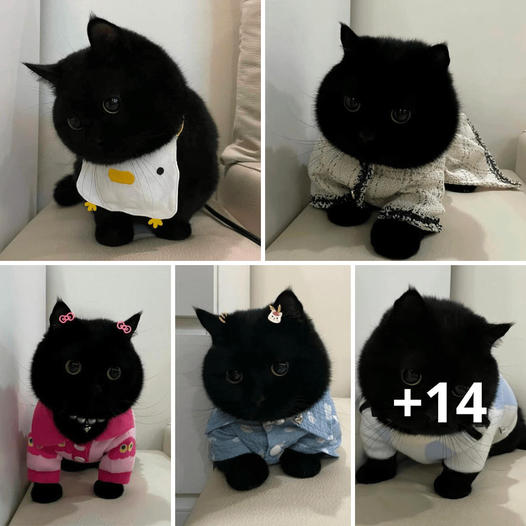When looking at my camera roll, you would come across a vast collection of approximately 1,000 photos that are all about my beloved furry friend. I just can’t resist taking snapshots of my dog while she dozes off, stretches with a cute yawn, curls up in my bed, or looks at me with curiosity as I eat. Her irresistible charm and adorable features make me want to keep capturing every little moment!

Have you ever gazed into the eyes of your furry companion and felt your heart melt? Those big, round eyes can make anyone want to snuggle up to them, take a photo, or shower them with love. It’s no surprise that dogs have captured the hearts of so many people with their irresistible charm and lovable nature. But what exactly makes dogs so adorable? In this guide, we’ll explore the reasons behind our infatuation with these fluffy creatures.

Breaking Down the Idea of Adorableness
Dogs hold a unique position in our affections since they represent adorableness. They represent our concept of everything that is lovable and charming. However, what really constitutes this endearing quality?
The characteristic of being cute means to be ‘appealing in a delightful manner.’ This concept accurately explains why we are drawn to dogs – the irresistible force they exert over us because of their extreme lovability. But what is the basis of this profound connection?

Maybe it’s just in our DNA. The idea of kinderschema is all about the similar features that most baby mammals share, like those adorable big eyes, little noses, and tiny mouths and chins.
As human beings, we’re naturally drawn to this particular look. It’s something that we find incredibly cute, charming, and endearing – much like how we feel about our own babies. This instinctive attraction compels us to care for, safeguard, and show affection to infants. And as a result, we experience a release of dopamine in our system, which makes us feel happy.

The human brain has evolved to prioritize the survival of our species by nurturing the young, as evidenced by our innate feelings of care and affection towards human babies and even baby animals like elephants, lions, and puppies. However, it is dogs that hold a special place in our hearts due to their kinderschema traits. Their rounded heads, big eyes, and floppy ears make them irresistibly adorable and endearing to us. It’s no wonder we can’t help but nurture and care for them.

Moreover, dogs exhibit plump and cuddly body shapes that are perfect for cuddling. Their floppy limbs and slightly unsteady movements make them seem vulnerable and adorable. Dogs also have tender spots like their belly, ears, and face, which compel us to caress and pamper them.
In fact, some scientists propose that dogs have evolved to become even cuter as they’ve domesticated over time, triggering a stronger desire within us to care for and protect them. They’ve become the epitome of cuteness!
But our affection for dogs and puppies isn’t just driven by sentimental reasons. Science can shed light on this phenomenon. As humans, we possess an innate understanding of cuteness and its characteristics.
Whether this understanding is shaped by societal norms or natural instincts, we instinctively perceive that dogs and their young offspring elicit cuteness, while animals like snakes, sharks, or adult tigers don’t evoke the same response. This intrinsic knowledge serves as the foundation.

What drives us to show affection to some animals but not others? It all boils down to their appearance and how it triggers our innate response to nurture and protect. Animals that look fragile, innocent, and youthful, particularly the young ones, awaken our drive to shield them from harm. Take newborn puppies, for instance; they can’t walk, see, or hear, making them entirely reliant on wriggling for their first few days. Their vulnerability pulls at our heartstrings, creating a sense of responsibility due to their helplessness. Whenever we see small, defenseless creatures, whether it’s a human baby or an animal, a rush of warmth and nurturing instinct takes over, helping us care, cuddle, and coo. It’s simply ingrained in our nature to nurture these tiny, helpless beings because our brains respond to cues of cuteness.
You might think that your dog isn’t helpless because they’re an intelligent species. Well, you’re right. Dogs have adapted to human care, causing them to develop specific attributes and physical traits that amplify their cuteness. As dogs have grown more reliant on human guardianship, they’ve potentially evolved with heightened cuteness-inducing features. A recent study conducted in the UK found that shelter dogs who raised their inner brows and widened their eyes were adopted at a significantly faster rate than those who didn’t exhibit such behaviors.

According to the research, dogs that have developed the ability to use their facial expressions have evolved to resemble childlike traits, leading humans to feel the need to care for and love them. This means that if you find yourself adoring dogs and feeling compelled to cuddle and shower them with affection, it’s not just you! Your brain is responding to the natural cuteness signals emitted by the dogs, which indicate that they require love and nurturing.




